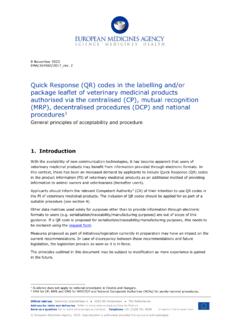Transcription of HUMAN FACE DETECTION AND RECOGNITION - nitrkl.ac.in
1 HUMAN FACE DETECTION AND RECOGNITION A THESIS SUBMITTED IN PARALLEL FULFULMENT OF THE REQUIREMENTS FOR THE DEGREE OF Bachelor in Technology In Electronics and Communication Engineering by K Krishan Kumar Subudhi (107EC020) And Ramshankar Mishra(107EC004) Department of Electronics and Communication Engineering National Institute of Technology, Rourkela 2007-2011 ii HUMAN FACE DETECTION AND RECOGNITION A THESIS SUBMITTED IN PARALLEL FULFULMENT OF THE REQUIREMENTS FOR THE DEGREE OF Bachelor in Technology In Electronics and Communication Engineering by K Krishan Kumar Subudhi (107EC020) And Ramshankar Mishra(107EC004) Under the guidance of Prof. S Meher Department of Electronics and Communication Engineering National Institute of Technology, Rourkela 2007-2011iii National Institute of Technology Rourkela CERTIFICATE This is to certify that the thesis titled HUMAN Face RECOGNITION and DETECTION submitted by K Krishan Kumar Subudhi (107EC020) and Ramshankar Mishra (107EC004) in partial fulfilment for the requirements for the award of Bachelor of Technology Degree in Electronics and Communication Engineering at National Institute of Technology, Rourkela (Deemed University) is an authentic work carried out by them under my supervision and guidance.
2 Date: Prof. S Meher Department of Electronics and Communication Engineering iv ACKNOWLEDGEMENT On the submission of our thesis report on HUMAN Face DETECTION and RECOGNITION , we would like to extend our gratitude and sincere thanks to our supervisor Prof. S Meher, Department of Electronics and Communication Engineering for his constant motivation and support during the course of our work in the last one year. We truly appreciate and value his esteemed guidance and encouragement from the beginning to the end of this thesis. We are indebted to him for having helped us shape the problem and providing insights towards the solution.
3 We want to thank all our teachers Prof. , , , Prof. Poonam Singh, , , Kumar Sahoo and Prof. Murthy for providing a solid background for out studies and research thereafter. They have been great sources of inspiration to us and we thank them from the bottom of our heart. Above all, we would like to thank all our friends whose direct and indirect support helped us complete our project in time. The thesis would have been impossible without their perpetual moral support. K Krishan Kumar Subudhi Ramshankar Mishra Roll Roll Contents HUMAN FACE DETECTION AND RECOGNITION .. i CERTIFICATE .. iii ACKNOWLEDGEMENT .. iv ABSTRACT .. 1 1 INTRODUCTION .. 3 2 FACE RECOGNITION .. 5 PRINCIPAL COMPONENT ANALYSIS (PCA).
4 5 The eigenface approach .. 6 Mathematical approach .. 8 Experimental analysis .. 9 Student 9 10 Advantages of PCA .. 12 Limitations of PCA .. 12 MPCALDA .. 12 MPCA .. 12 LDA .. 13 Procedure .. 14 14 vi Results .. 15 3 Face DETECTION .. 19 Introduction .. 19 YCbCr model: .. 19 Real time data .. 20 Colour segmentation .. 21 Image 22 Box formation .. 25 Unwanted box rejection .. 25 Thresholding .. 25 Box 26 Image matching .. 26 Result .. 27 4 Conclusion .. 29 5 References .. 30 vii Figures and Tables Figure 1 : eigenfaces .. 7 Figure 2 face database .. 9 Figure 3 eigenfaces obtained .. 10 Figure 4 test image .. 11 Figure 5 comparison with the database .. 11 Figure 6 result after comparison .. 11 Figure 7 block diagram of MPCALDA .. 14 Figure 8 representation of scatter matrices.
5 14 Figure 9 comparison between TSB and 15 Figure 10 fisher ration vs feature index .. 16 Figure 11 fisher ration in descending order .. 16 Figure 12 RECOGNITION using MPCALDA .. 17 Figure 13 success 17 Figure 14 Cb vs Cr .. 20 Figure 15 test image database for skin color 20 Figure 16 histograms of Y, Cb and Cr values .. 21 Figure 17 test image for face DETECTION .. 21 Figure 18 image after passing through YCbCr filter .. 22 Figure 19 black isolated hole rejection .. 22 Figure 20 white isolated holes less than small area rejection .. 23 Figure 21 edges detected by Roberts cross operator .. 23 Figure 22 integration of two images edge+filtered .. 24 Figure 23 second black isolated hole rejection .. 24 viii Figure 24 small areas less than minimum area rejection .. 24 Figure 25 initial box formation.
6 25 Figure 26 thresholding .. 25 Figure 27 box merging .. 26 Figure 28mean eigen face Figure 29 eigenfaces .. 26 Figure 30 different sized eigen face .. 27 Figure 31 histogram of correlated 27 Figure 32 final detected image .. 27 Figure 33 DETECTION with a coloured background .. 28 Figure 34 another image .. 28 Figure 35 better result .. 29 Table 1 comparison between PCA and MPCALDA .. 17 Table 2 table of results .. 29 1 ABSTRACT HUMAN face DETECTION and RECOGNITION play important roles in many applications such as video surveillance and face image database management. In our project, we have studied worked on both face RECOGNITION and DETECTION techniques and developed algorithms for them. In face RECOGNITION the algorithm used is PCA (principal component analysis), MPCA(Multilinear Principal Component Analysis) and LDA(Linear Discriminant Analysis) in which we recognize an unknown test image by comparing it with the known training images stored in the database as well as give information regarding the person recognized.
7 These techniques works well under robust conditions like complex background, different face positions. These algorithms give different rates of accuracy under different conditions as experimentally observed. In face DETECTION , we have developed an algorithm that can detect HUMAN faces from an image. We have taken skin colour as a tool for DETECTION . This technique works well for Indian faces which have a specific complexion varying under certain range. We have taken real life examples and simulated the algorithms in MATLAB successfully. 2 CHAPTER-1 INTRODUCTION 3 1 INTRODUCTION The face is our primary focus of attention in social life playing an important role in conveying identity and emotions. We can recognize a number of faces learned throughout our lifespan and identify faces at a glance even after years of separation.
8 This skill is quite robust despite of large variations in visual stimulus due to changing condition, aging and distractions such as beard, glasses or changes in hairstyle. Computational models of face RECOGNITION are interesting because they can contribute not only to theoretical knowledge but also to practical applications. Computers that detect and recognize faces could be applied to a wide variety of tasks including criminal identification, security system, image and film processing, identity verification, tagging purposes and HUMAN -computer interaction. Unfortunately, developing a computational model of face DETECTION and RECOGNITION is quite difficult because faces are complex, multidimensional and meaningful visual stimuli. Face DETECTION is used in many places now a days especially the websites hosting images like picassa, photobucket and facebook.
9 The automatically tagging feature adds a new dimension to sharing pictures among the people who are in the picture and also gives the idea to other people about who the person is in the image. In our project, we have studied and implemented a pretty simple but very effective face DETECTION algorithm which takes HUMAN skin colour into account. Our aim, which we believe we have reached, was to develop a method of face RECOGNITION that is fast, robust, reasonably simple and accurate with a relatively simple and easy to understand algorithms and techniques. The examples provided in this thesis are real-time and taken from our own surroundings. 4 CHAPTER 2 FACE RECOGNITION 5 2 FACE RECOGNITION The face RECOGNITION algorithms used here are Principal Component Analysis(PCA), Multilinear Principal Component Analysis (MPCA) and Linear Discriminant Analysis(LDA).
10 Every algorithm has its own advantage. While PCA is the most simple and fast algorithm, MPCA and LDA which have been applied together as a single algorithm named MPCALDA provide better results under complex circumstances like face position, luminance variation etc. Each of them have been discussed one by one below. PRINCIPAL COMPONENT ANALYSIS (PCA) Principal component analysis (PCA) was invented in 1901 by Karl Pearson. PCA involves a mathematical procedure that transforms a number of possibly correlated variables into a number of uncorrelated variables called principal components, related to the original variables by an orthogonal transformation. This transformation is defined in such a way that the first principal component has as high a variance as possible (that is, accounts for as much of the variability in the data as possible), and each succeeding component in turn has the highest variance possible under the constraint that it be orthogonal to the preceding components.
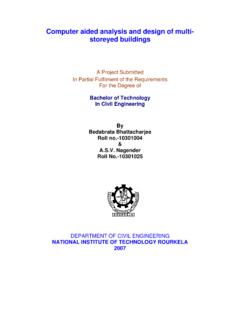
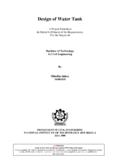
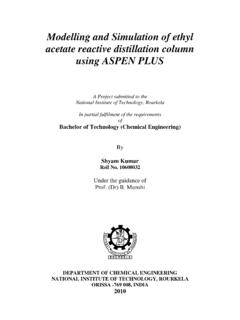
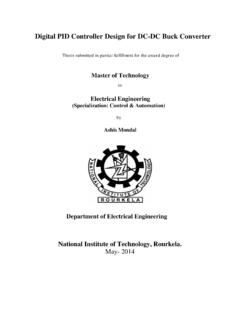
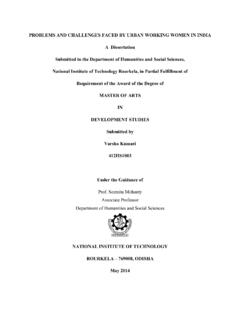
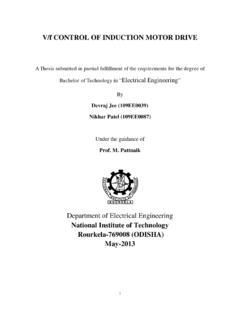
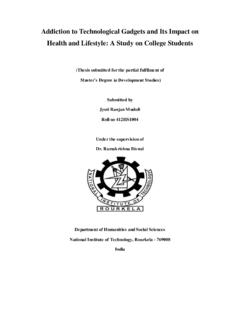
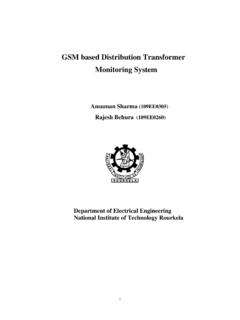
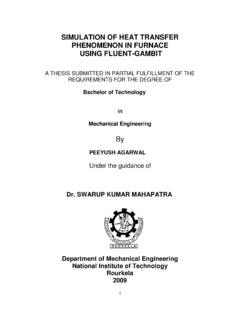
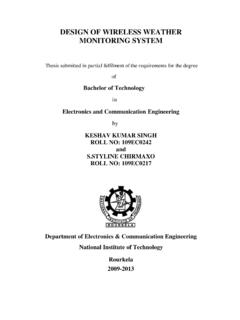




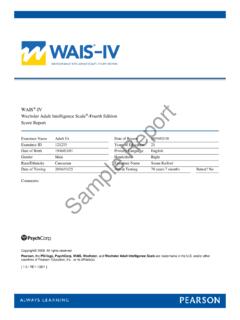
![ABSTRACT arXiv:1409.1556v6 [cs.CV] 10 Apr 2015](/cache/preview/4/e/0/e/4/4/2/c/thumb-4e0e442c20fc4f8e108fa20a1095af07.jpg)


